 |
| Chat GPT is a “human-like” artificial intelligence product that can answer questions, provide information, and support other human needs through natural language processing. Illustration photo. (Source: Internet) |
How can the press maintain its position in the "information battlefield" when communication technology is "attacking" and dominating the current media environment?
New "game"
Recently, terms such as multimedia, social media or converged media... have been mentioned a lot by researchers and media. In particular, with the rapid development of media technology, a series of new trends: multi-platform, mobile journalism, social journalism, social news, or the phenomenon of Chat GPT has just appeared, creating a new "game" for modern media.
In November 2022, Chat GPT – a virtual assistant built on OpenAI’s artificial intelligence (AI) platform. Chat GPT is a “human-like” AI product that can answer questions, provide information, and support other human needs through natural language processing. This application is a new generation of natural language processing models, capable of processing large amounts of text and learning how to perform natural language processing tasks efficiently.
OpenAI is an AI research company founded in 2015 by Elon Musk, Sam Altman, and Greg Brockman. The company's goal is to research and develop AI that is intelligent, safe, and useful to humans. The company focuses on areas such as deep learning, robotics, speech, and automation. However, there are still some countries in the world that ban the use of Chat GPT. For example, the "Great Firewall" in China blocks visitors due to "using AI to spread misinformation". However, Chat GPT has always been a source of inspiration for other companies to develop similar products such as Google Bard or Baidu ERNIE of China.
Applications in journalism
The application of Chat GPT in journalism and media activities is quite diverse and rich, such as automating content production, helping to create automatic content quickly and cost-effectively, and increasing interaction with the public through social networks.
In addition, Chat GPT can support journalists in collecting information, analyzing data, searching for information related to a specific topic, analyzing data from different sources and creating automatic answers to questions from users. Chat GPT has many outstanding features, but it is only one of the tools that journalists must learn to master, serving their work activities, in order to create works and press products according to professional principles. In addition, Chat GPT is also a powerful tool for editing and producing press products, but cannot completely replace flesh and blood journalists.
Therefore, modern journalism has been gradually moving towards multi-platform and virtual reality or AI trends. In fact, if a newsroom only publishes print, television or electronic newspaper products, it is not enough, but it is necessary to have versions for tablets and mobile phones with flexible conversion designs. Some mobile applications are "born" in the cycle of change, aiming to focus on exploiting niche markets, creating new profits for newsrooms, and at the same time meeting new public demands in today's fiercely competitive media environment.
Thus, it can be seen that, under the influence of communication technology, modern journalism is transforming from "multi-platform" to "creative". A news article is now not simply a few hundred to a few thousand words, accompanied by an illustrative photo, or a sound clip, or a vivid clip, but also combines everything that can be presented in a modern way, suitable for the public's habit of receiving new information.
Growing in diversity
Since mid-2011, the trend of integrating social media into traditional journalism activities in some countries around the world has become mandatory. However, reality shows that if press agencies rely too much on social networks, they will lose the core values of traditional journalism. It can be affirmed that social media is an inevitable choice for modern journalism, not only in theory, but has now become mandatory in the daily work of journalists. Social networks play a role in expanding the "information space", creating prestige for professional press agencies. Normally, the news and articles of reporters are published in official press agencies. However, due to limited framework or time, journalists can post side content of the event, or related information such as the context of the event, the interview process, the author's personal feelings on the editorial office's social networking page, supplementing, expanding and helping the news become richer and more in-depth.
In the context of increasingly fierce competition between media companies today, the use of GPT Chat or social media can meet the public's need for "speed", helping media companies to be at the forefront of the "battlefield" of information capture. However, when we are too dependent on technology, it is easy to lose the role, position and importance of traditional journalism.
More than ever, every journalist and press agency needs to have a strategy in developing content and keep in mind that the truth is the “life” of journalism. Although media technology is creating a new game, traditional journalism must change to retain readers.
However, with the ability to conduct in-depth research, traditional journalism always has a solid and important position in the current open information "battlefield". If it maintains quality, considers content as "king" and technology as "queen", journalism will return to its core values: Serving the public, the public is number 1.
Source


![[Photo] Closing of the 4th Summit of the Partnership for Green Growth and the Global Goals](https://vstatic.vietnam.vn/vietnam/resource/IMAGE/2025/4/17/c0a0df9852c84e58be0a8b939189c85a)
![[Photo] General Secretary To Lam receives French Ambassador to Vietnam Olivier Brochet](https://vstatic.vietnam.vn/vietnam/resource/IMAGE/2025/4/17/49224f0f12e84b66a73b17eb251f7278)
![[Photo] Nhan Dan Newspaper announces the project "Love Vietnam so much"](https://vstatic.vietnam.vn/vietnam/resource/IMAGE/2025/4/17/362f882012d3432783fc92fab1b3e980)

![[Photo] National Assembly Chairman Tran Thanh Man meets with outstanding workers in the oil and gas industry](https://vstatic.vietnam.vn/vietnam/resource/IMAGE/2025/4/17/1d0de4026b75434ab34279624db7ee4a)
![[Photo] Promoting friendship, solidarity and cooperation between the armies and people of the two countries](https://vstatic.vietnam.vn/vietnam/resource/IMAGE/2025/4/17/0c4d087864f14092aed77252590b6bae)













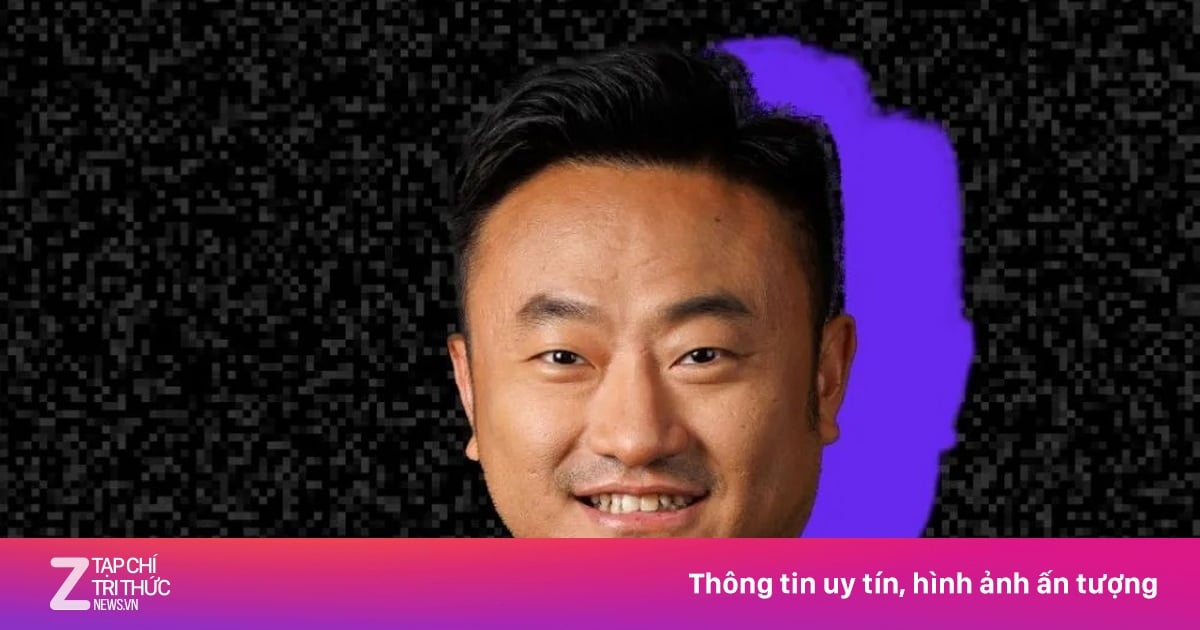






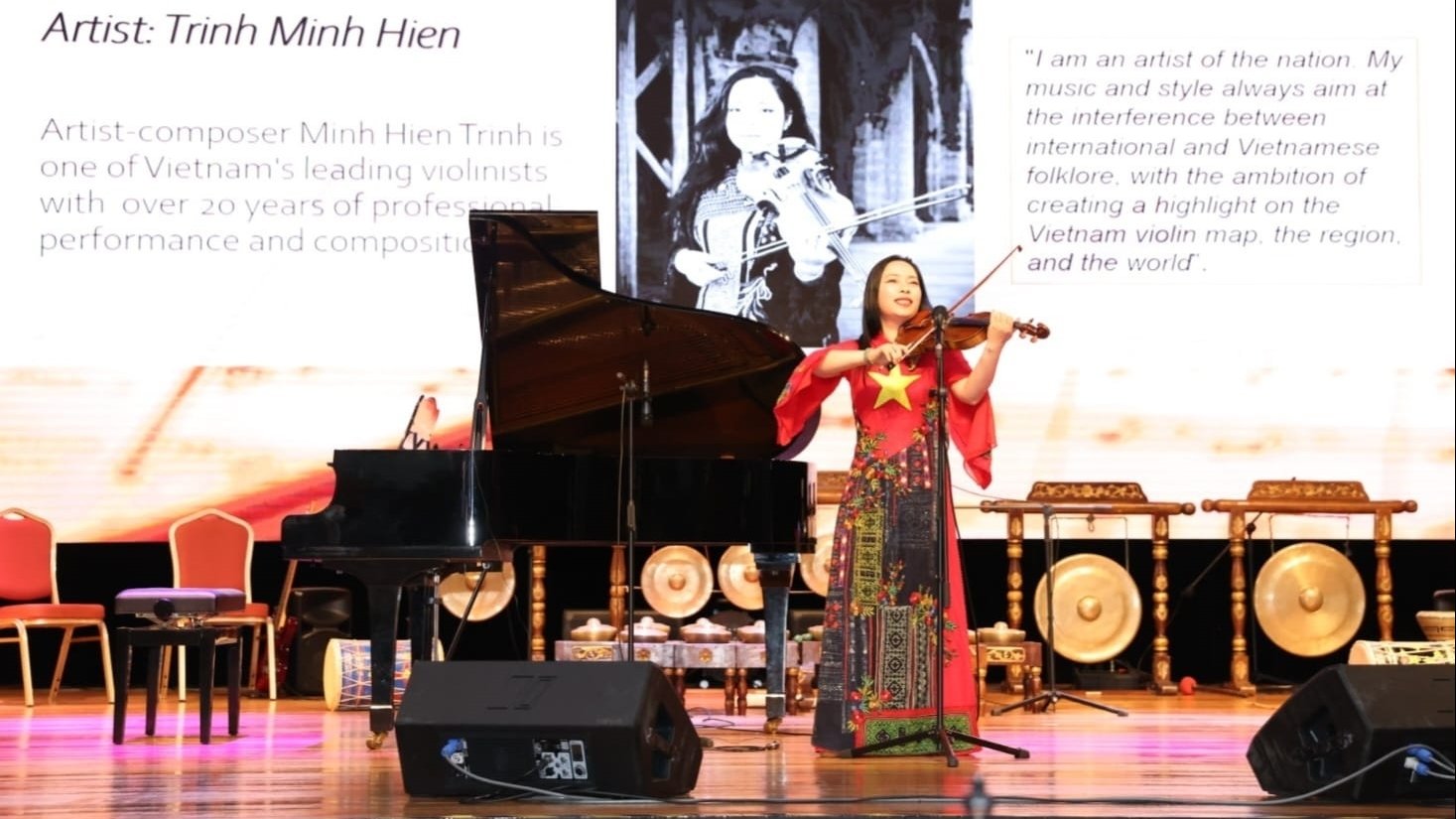
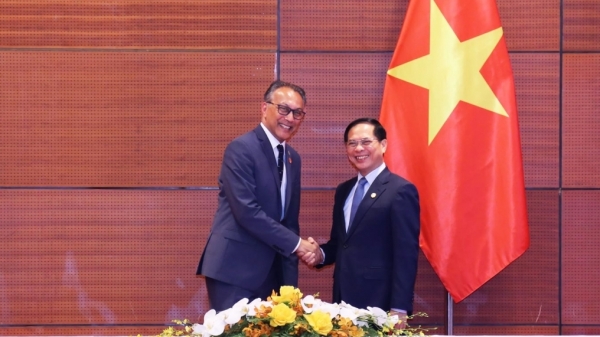

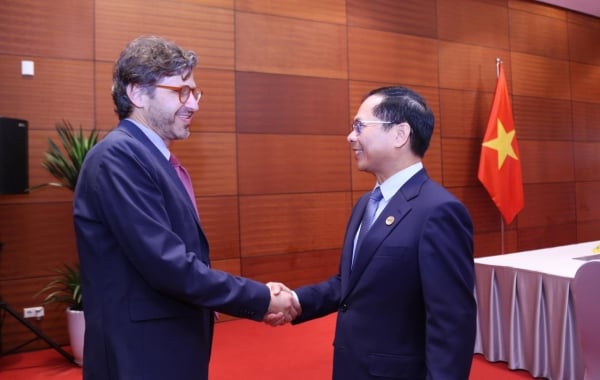


![[Photo] Welcoming ceremony for Chinese Defense Minister and delegation for friendship exchange](https://vstatic.vietnam.vn/vietnam/resource/IMAGE/2025/4/17/fadd533046594e5cacbb28de4c4d5655)


























![[Video] Viettel officially puts into operation the largest submarine optical cable line in Vietnam](https://vstatic.vietnam.vn/vietnam/resource/IMAGE/2025/4/17/f19008c6010c4a538cc422cb791ca0a1)
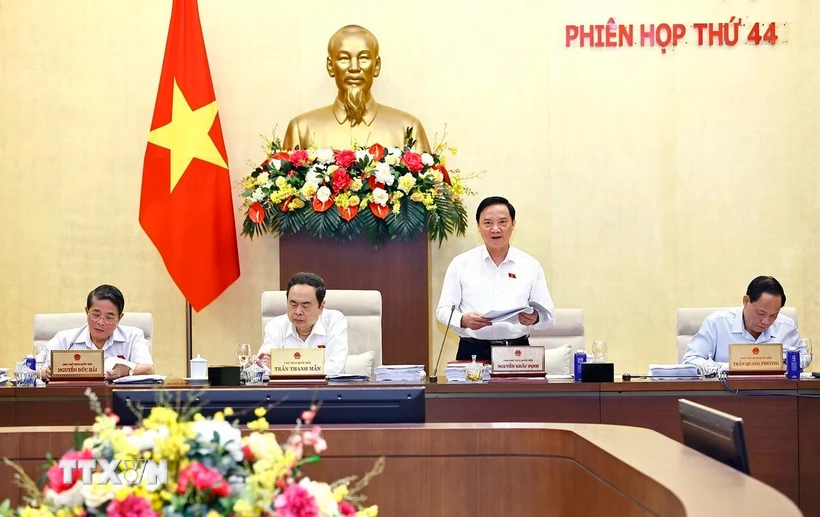
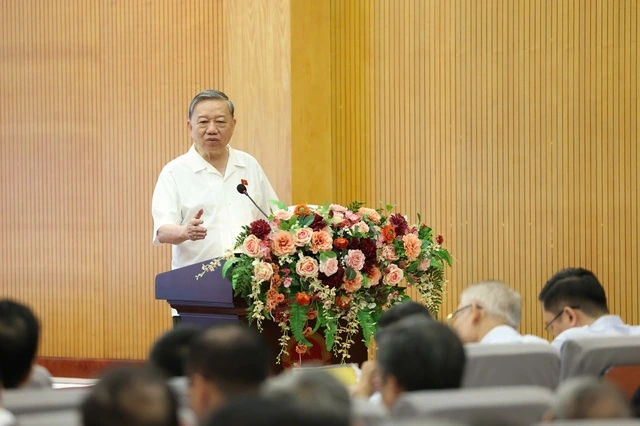
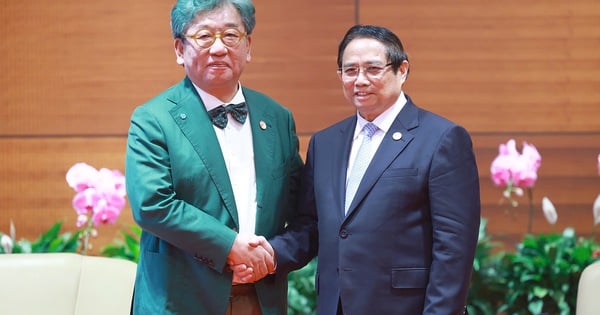


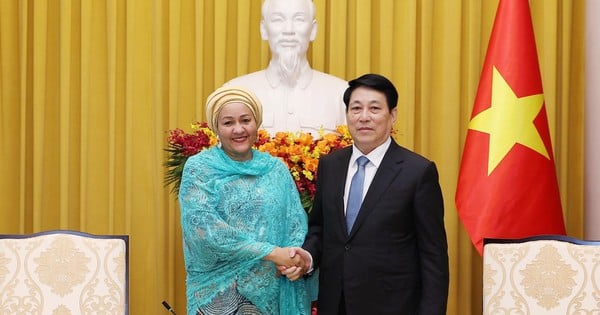



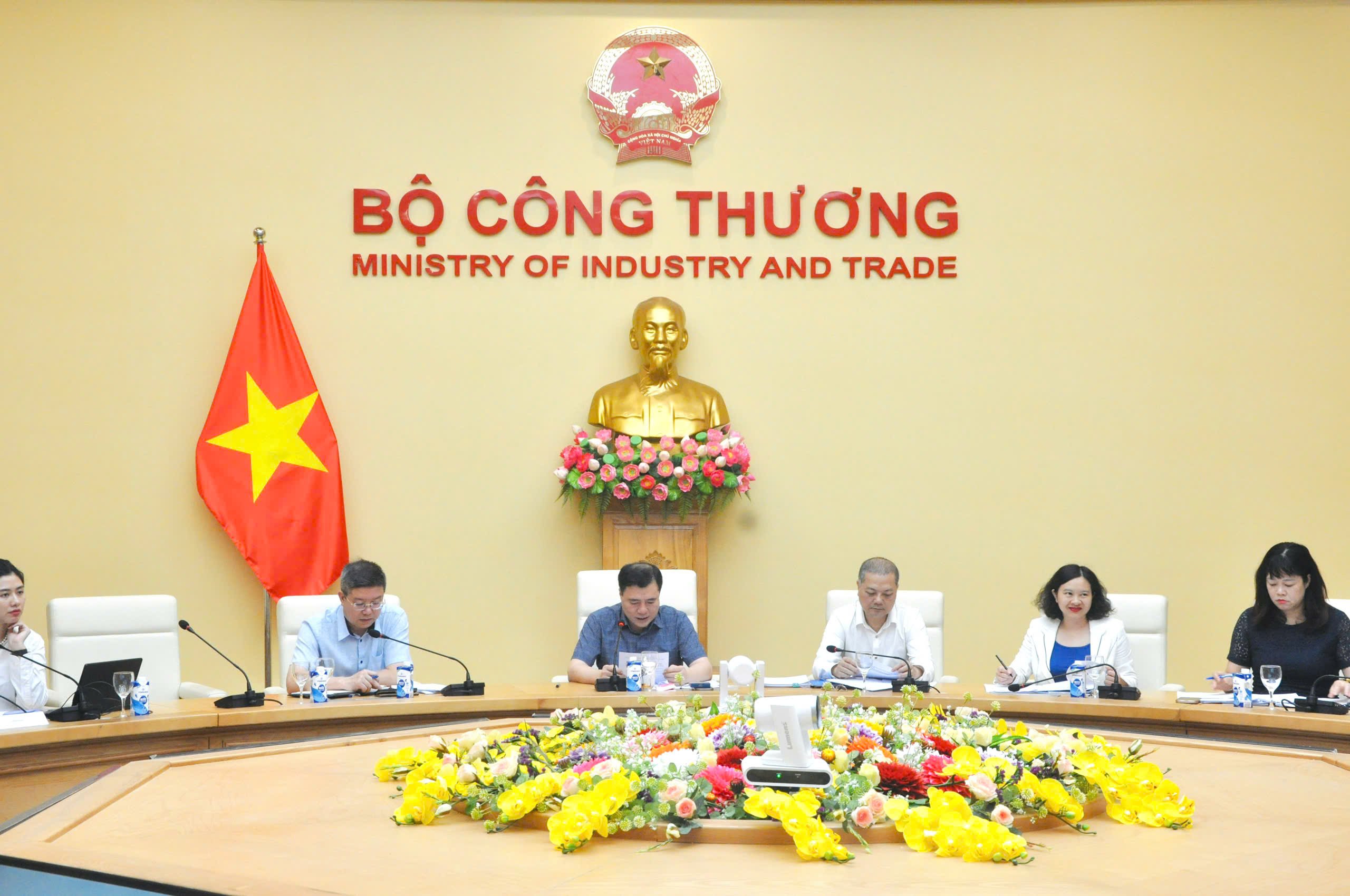

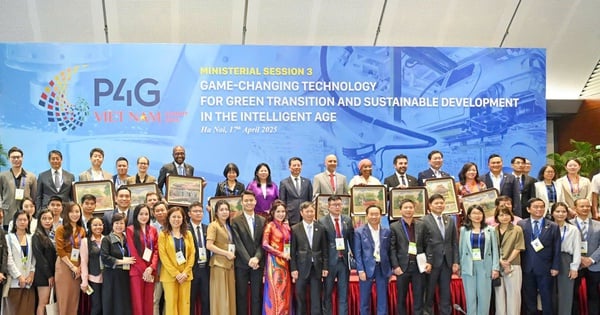



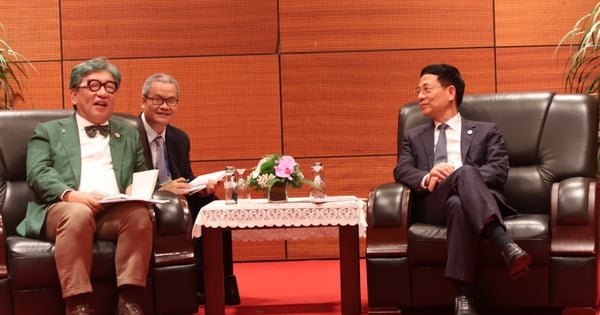
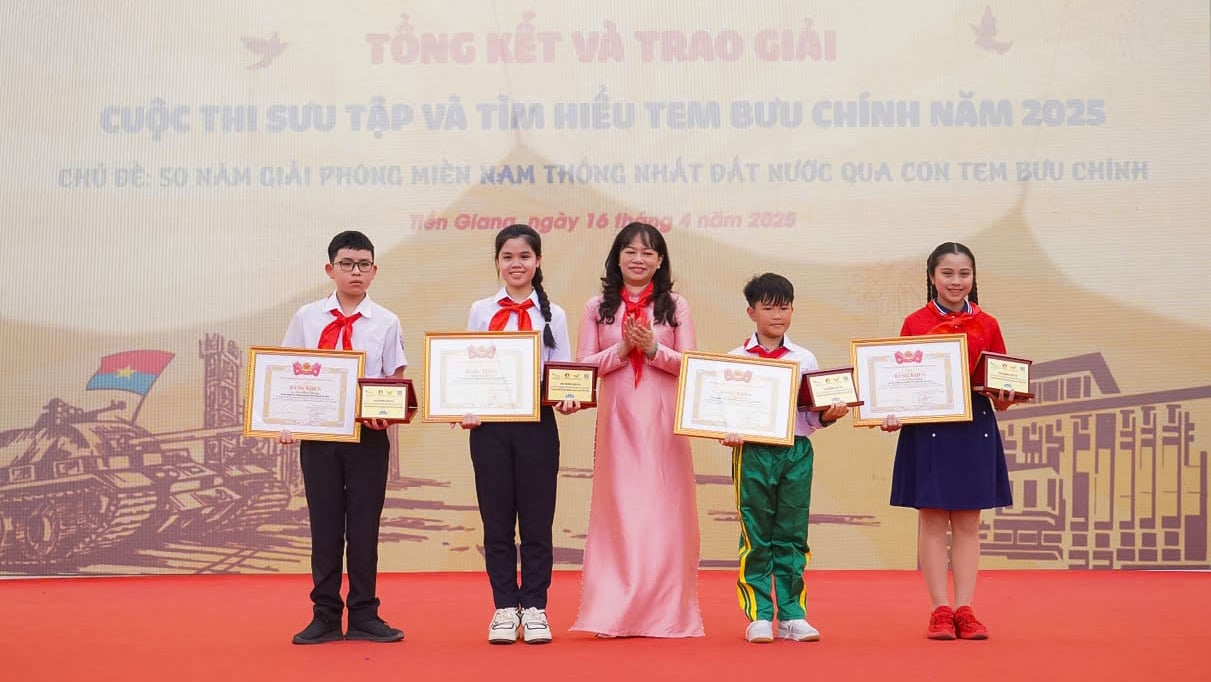




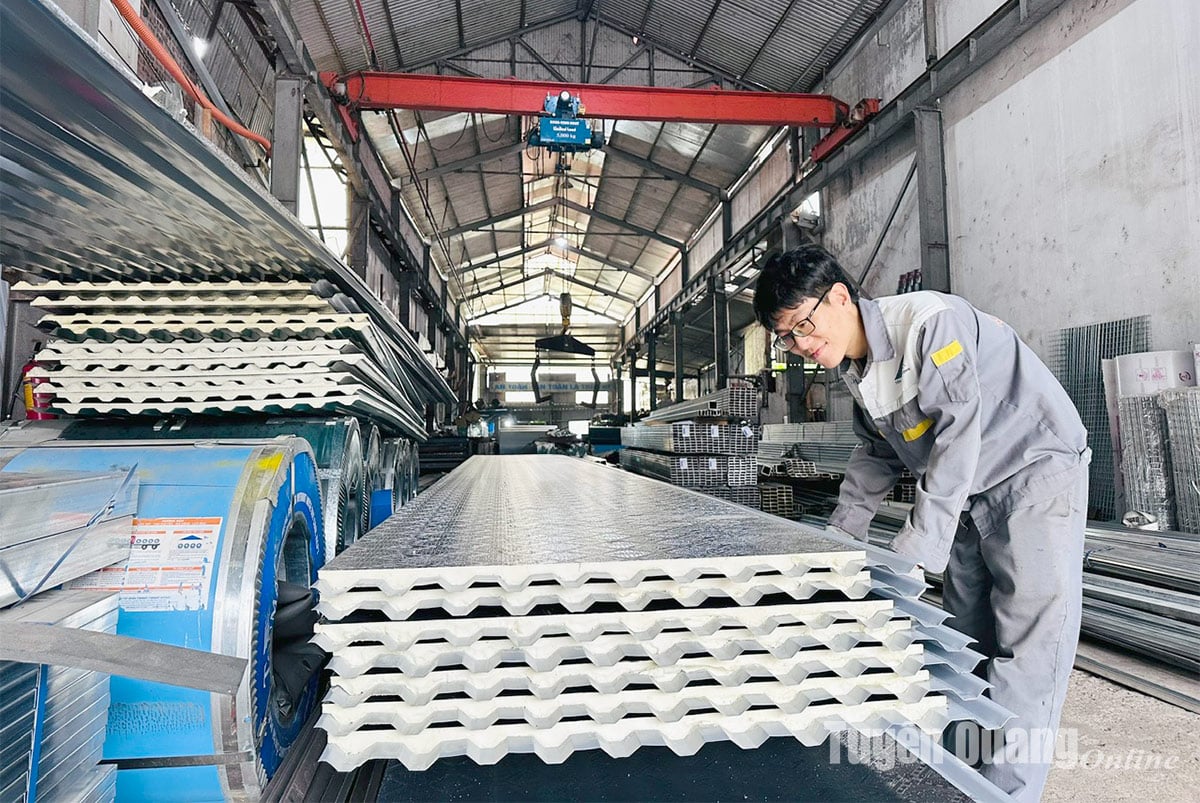

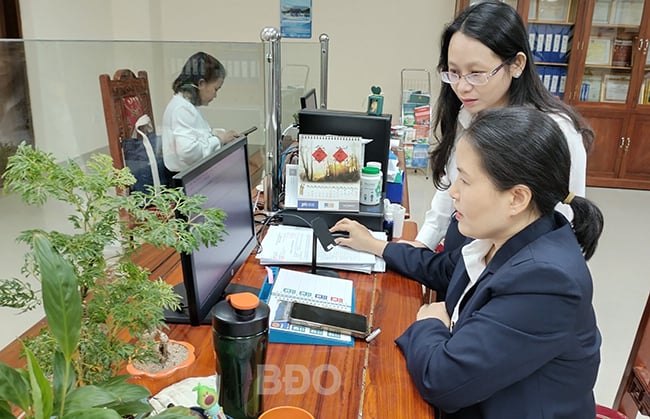











Comment (0)